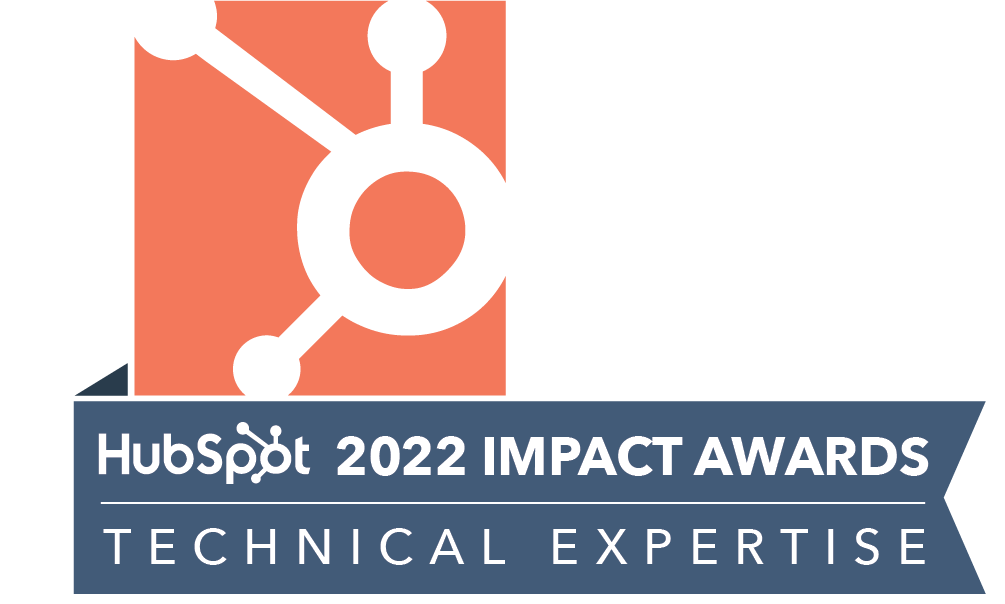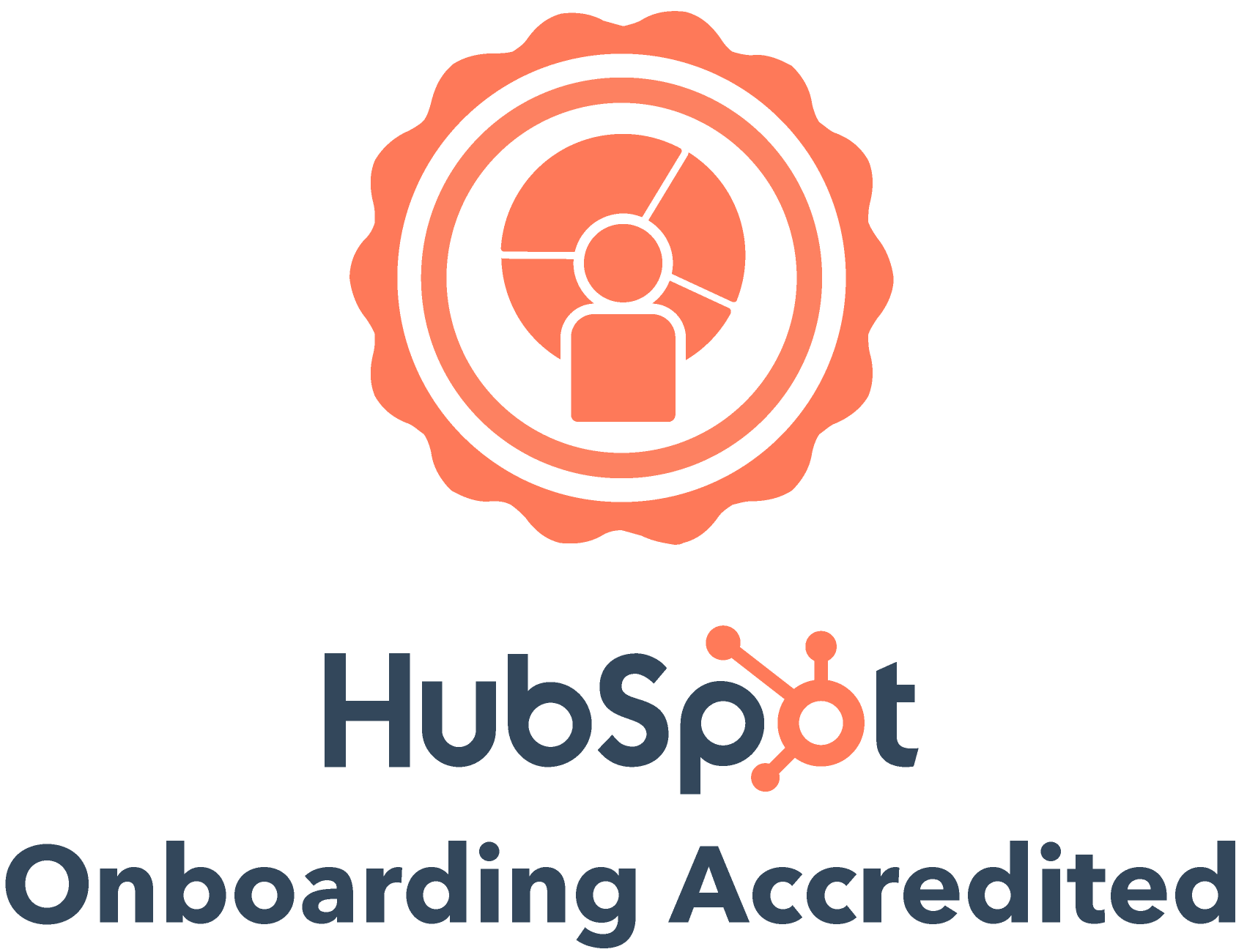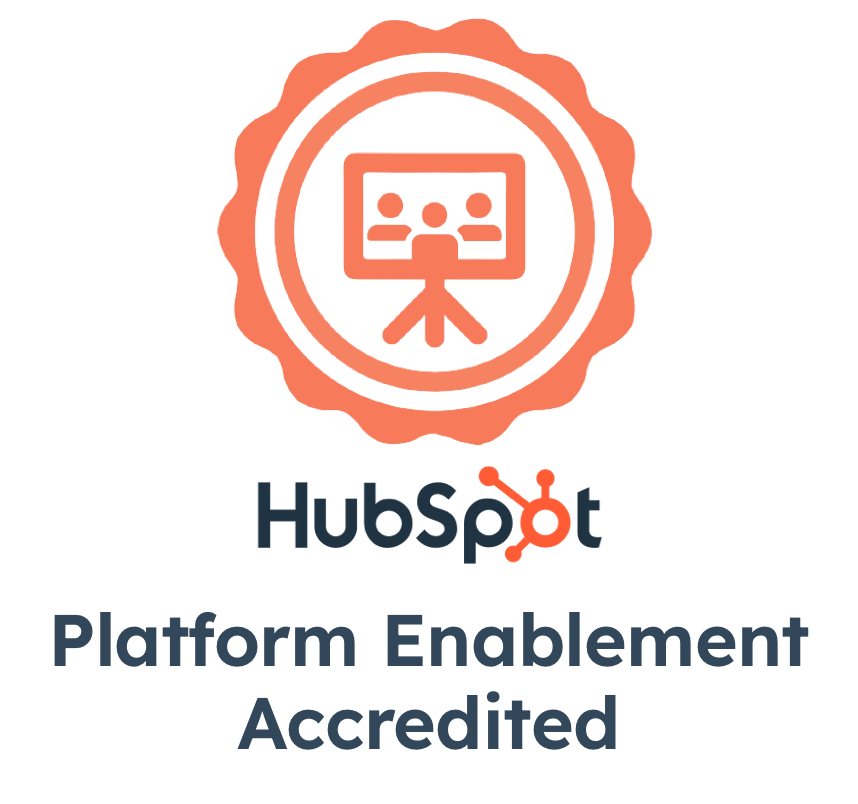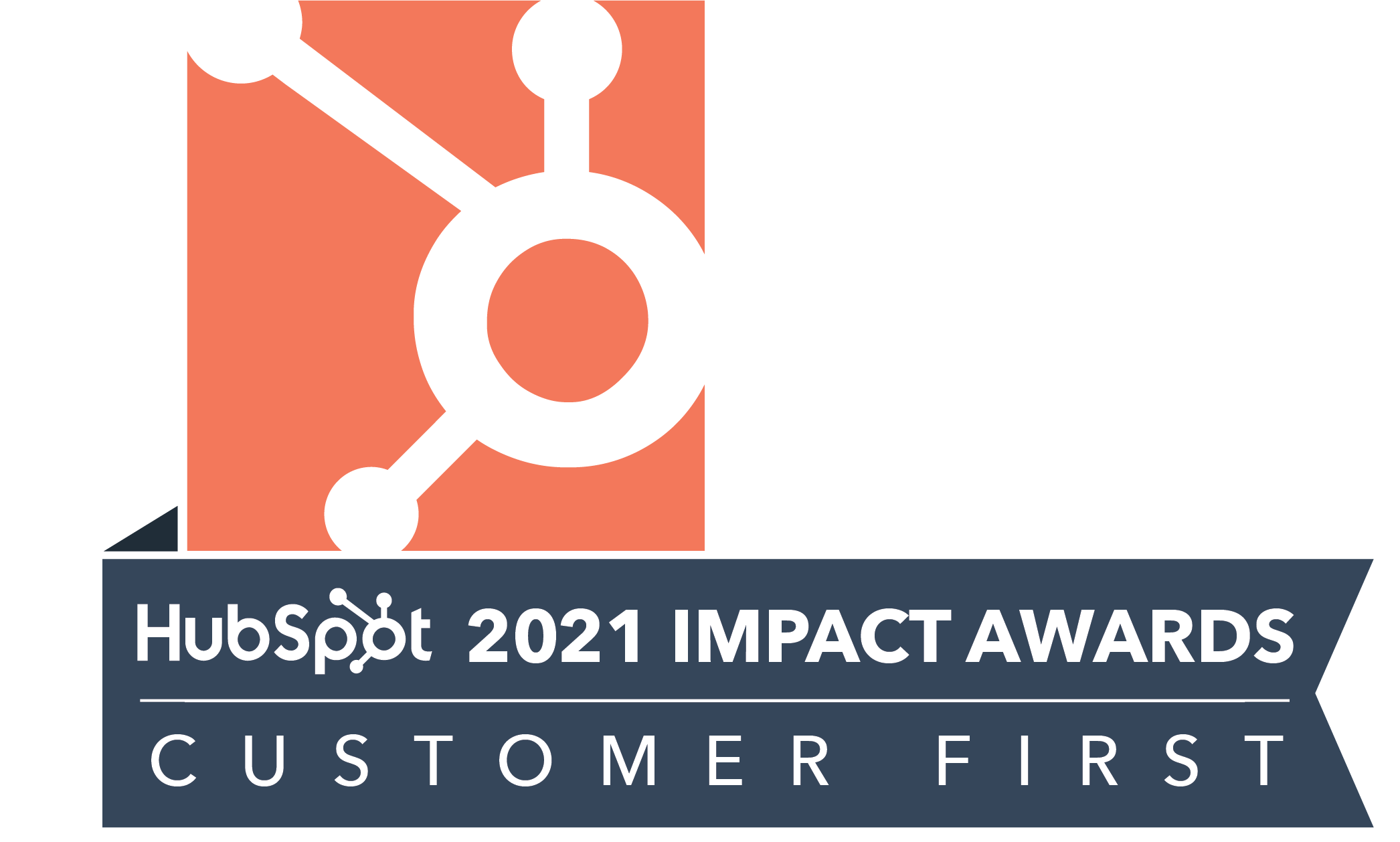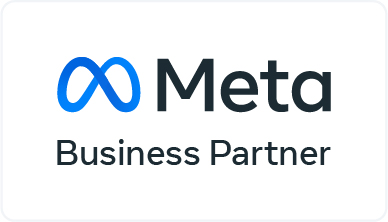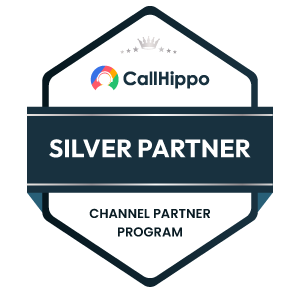So INBOUND 2017 comes to an end but we cannot get out of this without talking about Rand Fishkin’s INBOUND17 spotlight session. As expected the crowd at INBOUND was geeking out over attending his session. And the moment he stepped on stage, it was magic.
Whether it was his session or his “Nevertheless she persisted” t-shirt, it was all pretty “dope”.
Still geeking out over attending @randfish session! @HubSpot left the best for last. #INBOUND17 pic.twitter.com/rOXOjiGZZS
— Ashley Feller (@ash_feller) September 28, 2017
What’s not to love about @randfish’s #inbound17 talk? Marketing ROI, @everywhereist in the audience & his “Nevertheless She Persisted” shirt
— Sophia Bernazzani (@soph_bern) September 28, 2017
Now let’s talk about the invisible monster that he slayed during his session.
Rand Fishkin’s INBOUND17 session was all about cultural conditioning and how it biases our actions. And if you think it was some socio-political rant that’s got nothing to do with marketers, think again. Much like cultural conditioning in society, our marketing mythology also has some deep-rooted beliefs of what works, what doesn’t, how to measure ROI and more. And all of these beliefs, when internalized, might be keeping us from achieving phenomenal success with our marketing.
These false notions make up the invisible monster that’s mucking up our marketing.
So, what are these false beliefs? Let’s see:
Myth #1: Investments Must be Measurable
As marketers, we know all about SMART goals. Being able to measure the impact of our investment, whether it’s time or money, is critical for us and our clients.
However, in practice, we often veer towards investing in marketing channels that are easy to measure, because well, it’s easy. Email marketing and all forms of advertising give us concrete numbers for clicks and conversions.
However, we do not regularly invest time and energy in building up our hard to measure channels:
#Marketing activities that are hard to measure but still worthwhile. Slide taken from the @randfish presentation. #INBOUND17 pic.twitter.com/fTH0GHuScU
— Precision Marketing Group (@PMGTweets) September 28, 2017
These are worthwhile channels. The ones that will build your brand, create sustainable traffic, and a loyal audience base. But because we don’t have ways to measure their impact, we don’t pay attention to them.
However, we need to achieve a balance between these two types of marketing channels. And here’s what Rand suggests we do: Set aside X% of your time to invest in the hard-to measure-channels. X could be something you decide, say 20-25%, and stick to it.
Do you structure your #marketingstrategy this way? @randfish recommends investing in "hard to measure" channels. #inbound17 pic.twitter.com/PToO2a5NqS
— Alexis Silvers (@Alexis_Silvers) September 28, 2017
Myth #2: Channels Should Be ROI Positive
Seeing results from the hard-to-measure channels can take some time. And that brings us to the second marketing myth: all channels should bring in positive ROI, and fast. As marketers, we are used to hearing clients say “We don’t see any results. Nothing’s happening” and we switch tactics to try something else. But have we really given this strategy/task enough time to improve and show results?
Rand talks about his “best-web-series-for-every-marketer”, White Board Friday, and how it was months before Moz saw any positive ROI.
But things got better with time:
.@randfish "The Jewish guys who get better looking as they age." #INBOUND17 pic.twitter.com/FXl6TMaSmd
— Alex Plaxen (@APlaxen) September 28, 2017
The key, he says, is looking at the potential trajectory, not the current ROI.
#Marketing myth: Channels must be ROI positive from day one. Truth: TIME pays off. Wait and see! @randfish #INBOUND17 pic.twitter.com/n6ZZXARSrE
— Jaime Kaufman (@Jaime_BKaufman) September 28, 2017
And this is something that touched a nerve with all marketers reeling under the pressure of showcasing instant ROI. *nervously raises hand*
Dear CMOs,
Can we look at more trajectories instead of day 1 ROI?
Sincerely,
Your organic SEO team#INBOUND17 @randfish pic.twitter.com/zSh7N3vGmf— Lei Chen (@ChenCandy22) September 28, 2017
Myth #3: Marketers are not Technical
I have no idea how “Marketers are not technical people” even became a thing. I mean, we are using several different tools every single day, finding new hacks to get stuff done, working with GA tracking codes, fixing HTML code snippets, and manipulating spreadsheets like nobody’s business. How is that not being technical?
And that is exactly what Rand said as well. “Technical” is much more than being a software engineer.
"Marketing culture leads us to believe Marketers =/= Technical" (marketing culture is WRONG via @randfish #INBOUND17 pic.twitter.com/UtCqliTO0V
— D'Ana Guiloff (@DAnaGuiloff) September 28, 2017
'Software engineer is not the only way to be technical' @randfish on how marketing has changed and developed #INBOUND17
— Merit Hansmitt (@merithansmitt) September 28, 2017
Remember #marketers. If you can do any of these things you are “technical” #INBOUND17 @randfish pic.twitter.com/cABaLYs8oP
— Ramona Sukhraj (@ramonasukhraj) September 28, 2017
Yes, the industry has a skills gap and not everyone can do everything. But there are ways around that, and with the internet, there’s also some tool or website that will get things done for you. What you can do to minimize the skills gap is:
- Learn
- Hack
- Outsource
- Recruit specific talents
- Substitute
- Work around the issue
Myth #4: Search Investments are Either SEO or PPC
It’s 2017 and we are still not thinking about search beyond SEO and PPC. While that might still be a major chunk of the pie, it’s definitely shrinking, and there are other places to get ranked in search.
.@randfish: "54% of search results ONLY include #SEO and #PPC (vs. snippets, images, videos, tweets, local, etc.)" #INBOUND17
— Jason Barbato (@Digital_JB) September 28, 2017
Rand pointed out what these other places might be:
- Knowledge Panels
- Featured Snippets
- Related Questions
- Local Packs
- Images
- Tweets
- Site Links
- Top Stories
- Videos
At this point, there was also some talk of flying squirrels. But since this is a remote coverage, I have no idea what went down. Or…maybe I do and I don’t want to tell you!
.@randfish "How do you get rid of flying squirrels?" #INBOUND17 pic.twitter.com/6WWmT3CqPb
— Alex Plaxen (@APlaxen) September 28, 2017
Getting back to business, besides the ranking opportunities mentioned above, he also pointed out that you do not just search on Google anymore:
Where do you search online? ?️ #INBOUND17 @randfish pic.twitter.com/8Znsjo0GFQ
— Speak Creative (@speakcreative) September 28, 2017
And if that’s the case, then we have to expand our horizons when we plan for getting noticed by our audience via search:
Little SEO details to consider in 2017: @randfish #INBOUND17 pic.twitter.com/JzM4SQ8JLN
— Ramona Sukhraj (@ramonasukhraj) September 28, 2017
He then went on to drop some potent advice on how to derive SEO value from your images.
And that’s pretty useful for industries where purchase decisions are based on visual appeal.
Trying to drive website traffic from Google images? Add a image description in the photo! Via @randfish #Inbound17 #SEO #MarketingTips pic.twitter.com/hcesztrh65
— Alexis Silvers (@Alexis_Silvers) September 28, 2017
Myth #5: Organic Reach on Facebook is Dead
While the engagement numbers for Facebook can look bad, Rand says that we don’t have to necessarily believe that nothing good can come off it. The trick is being smart about what you do:
- Post valuable content and earn your followers from among the people who share that content
- Be careful of poor performing posts, because they bring your entire engagement down
- Figure out what content and timings truly work with your audience, and stick to it
- Build an audience off Facebook, and then engage them on Facebook
Myth #6: Content Marketing Means Publishing On Your Website
For most of us, content marketing primarily means publishing blogs and other content types on our/clients’ website. However, if your website is not yet up, or has a CMS issue, or is new and light on domain authority; do you still get as much value from solely publishing on your site?
What Rand points out is that we need not stick to our own site! There is obviously guest posting to other sites, which will help us “rank like a boss”. But he also cautions that we should view guest posting as more of a way to spread our message, rather than just a way to rank.
Yasssss!!!!! #INBOUND17 @randfish pic.twitter.com/pmjMKvJH3J
— Christina Garnett (@RoanokeMaven) September 28, 2017
Then, of course, he told us some of the best sites to place our content:
Where to place your #content, from @randfish #SEO #INBOUND17 https://t.co/aGeBfdPLcn
— Jason Barbato (@Digital_JB)… pic.twitter.com/grlQKYy9xj
— Patric van Maaren (@PatricVanMaaren) September 28, 2017
Myth #7: Google Ranking = Links, Keywords, Technical Issues
By now, we all have an innate sense of how Google changes its ranking algorithms. Its only concern is to give the users what they search for and they are continuously trying to refine that process. So the key ranking factor is not keywords or backlinks, it’s searcher task accomplishment.
The only question to answer is: Is my content answering the question that users are asking.
Of course, it ties back to the whole concept of user intent. And in addition to that, it also means that post-click action is now a critical ranking factor.
Are users sticking around and reading your content or are they bouncing out to click on other search results?
Interestingly, this is something that Tom Shapiro also talks about in his Future or SEO session at INBOUND17.
So the idea is to make your site and content as useful and valuable for the users as possible.
Rand mentions the signal-to-noise ratio of the site, the proportion of great pages on the site, and how the bad pages, the ones that have high bounce rates, can drag you down. He suggests you either:
- Improve them by adding more relevant information
- Remove them
- Redirect them to other engaging and relevant pages
Myth #8: You Can’t Earn Back Traffic from Google
Google now has SERP features like “People also ask”, featured snippets etc which tend to give away the answers to user queries without them having to go to any website. Google is taking away our traffic!
But Rand says it’s actually possible to win back 90% of that traffic. Once again, the key is to look beyond the conventional SERP ranking and work on ranking for other elements.
And finally, at the end of shattering all these marketing myths, Rand left us with one question to consider, every time we make a strategic or tactical choice:
Focus on "how," not "if"! The close from @randfish #marketing #INBOUND17 pic.twitter.com/uDEiBPXa4Y
— Jason Barbato (@Digital_JB) September 28, 2017
If you want to take a look at Rand’s complete presentation and all the tips and tricks he shared, here you go:
It turns out we have a lot of unlearning to do here. We are sure you would be itching to go back to drawing board, identify your biases, and then come up with some phenomenal strategies.
That’s the power of a Rand Fishkin session, we believe we can now fight the invisible monster. We think this tweet sums it all up:
.@randfish was AMAZING. He came. We saw. He turned #marketing on its head ? #INBOUND17 @HubSpot
— NaBeela Washington (@Simplee_B) September 28, 2017
So that’s it from Rand’s session. And don’t forget to check out our coverage to catch up on all things INBOUND17.







